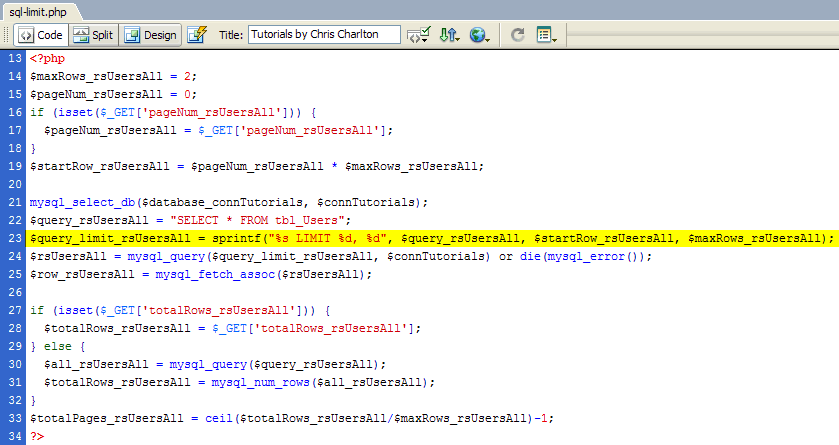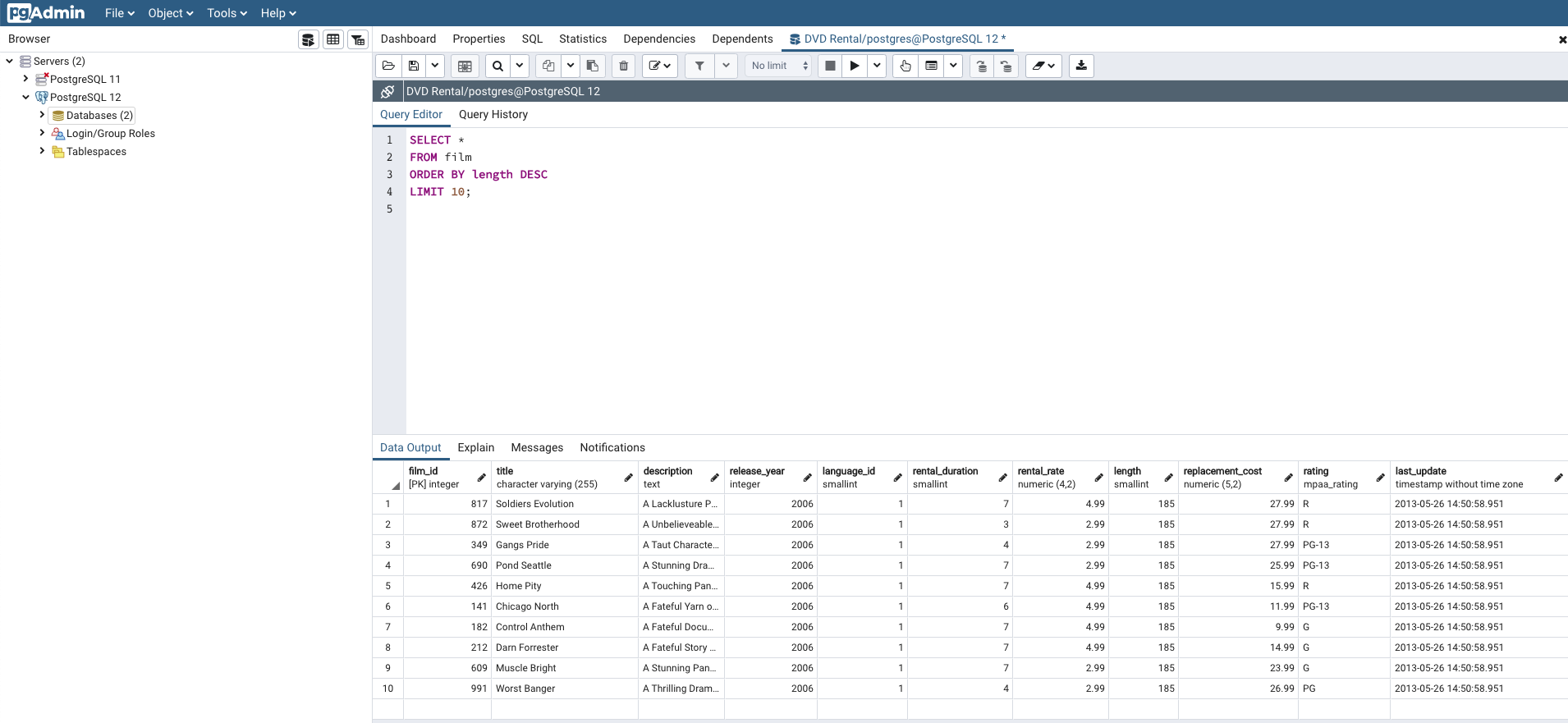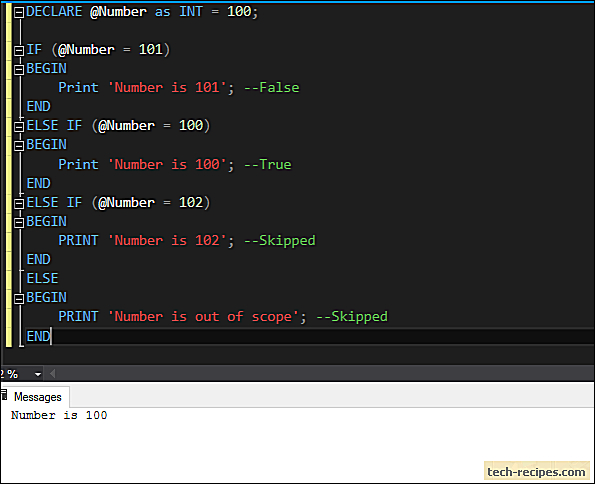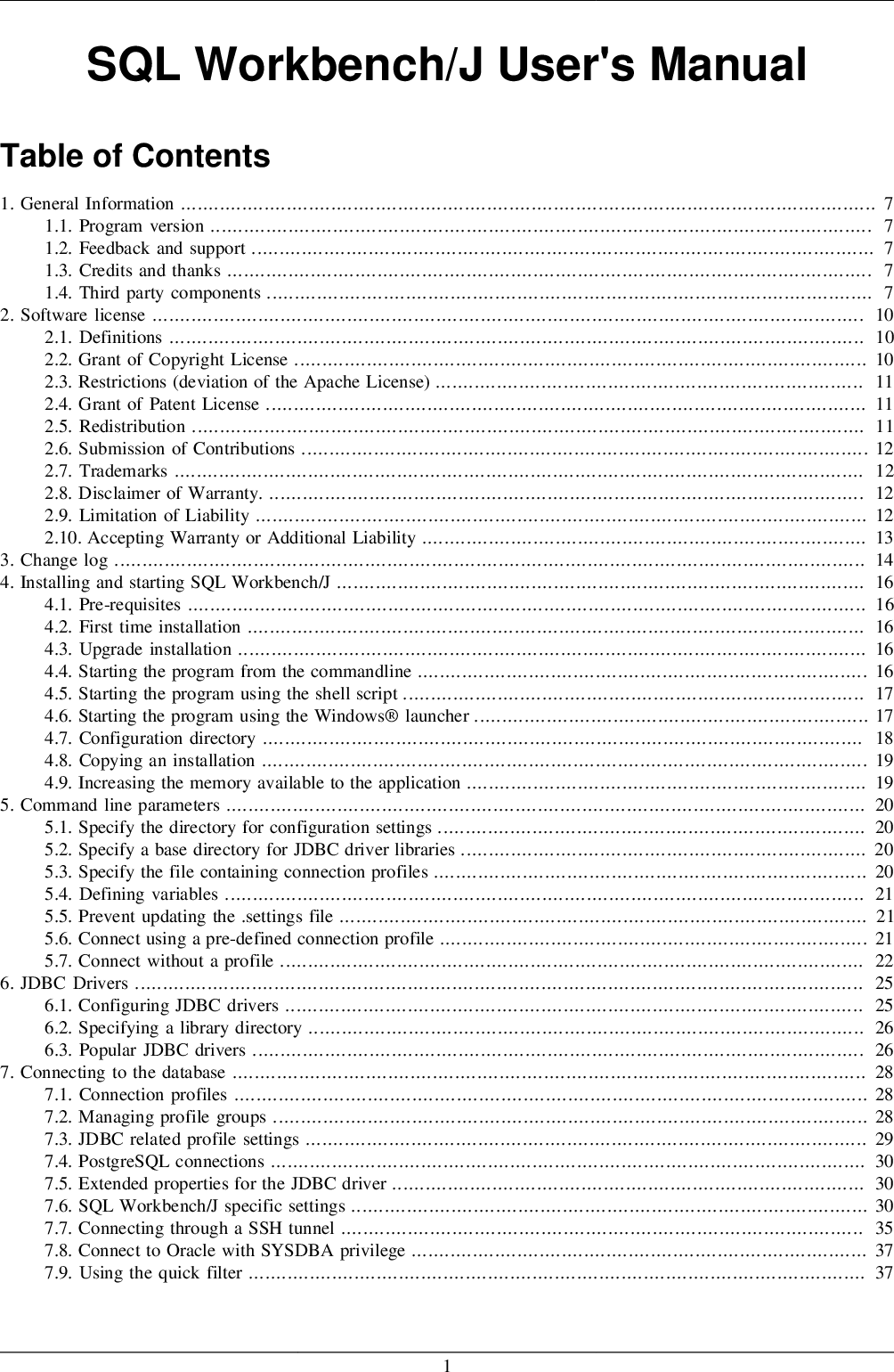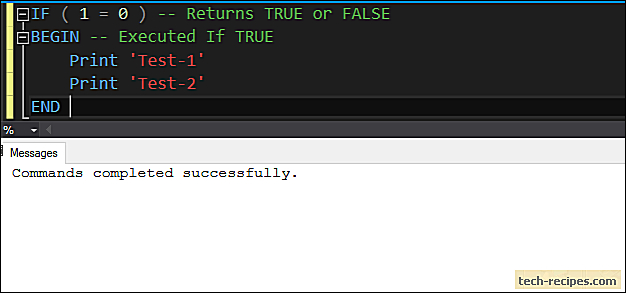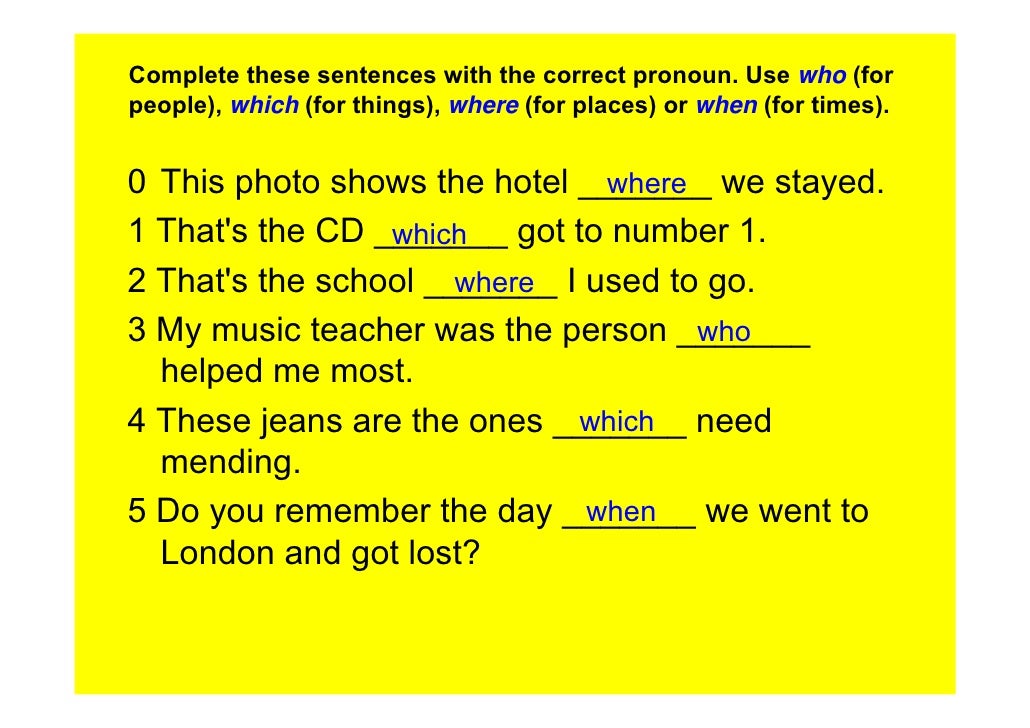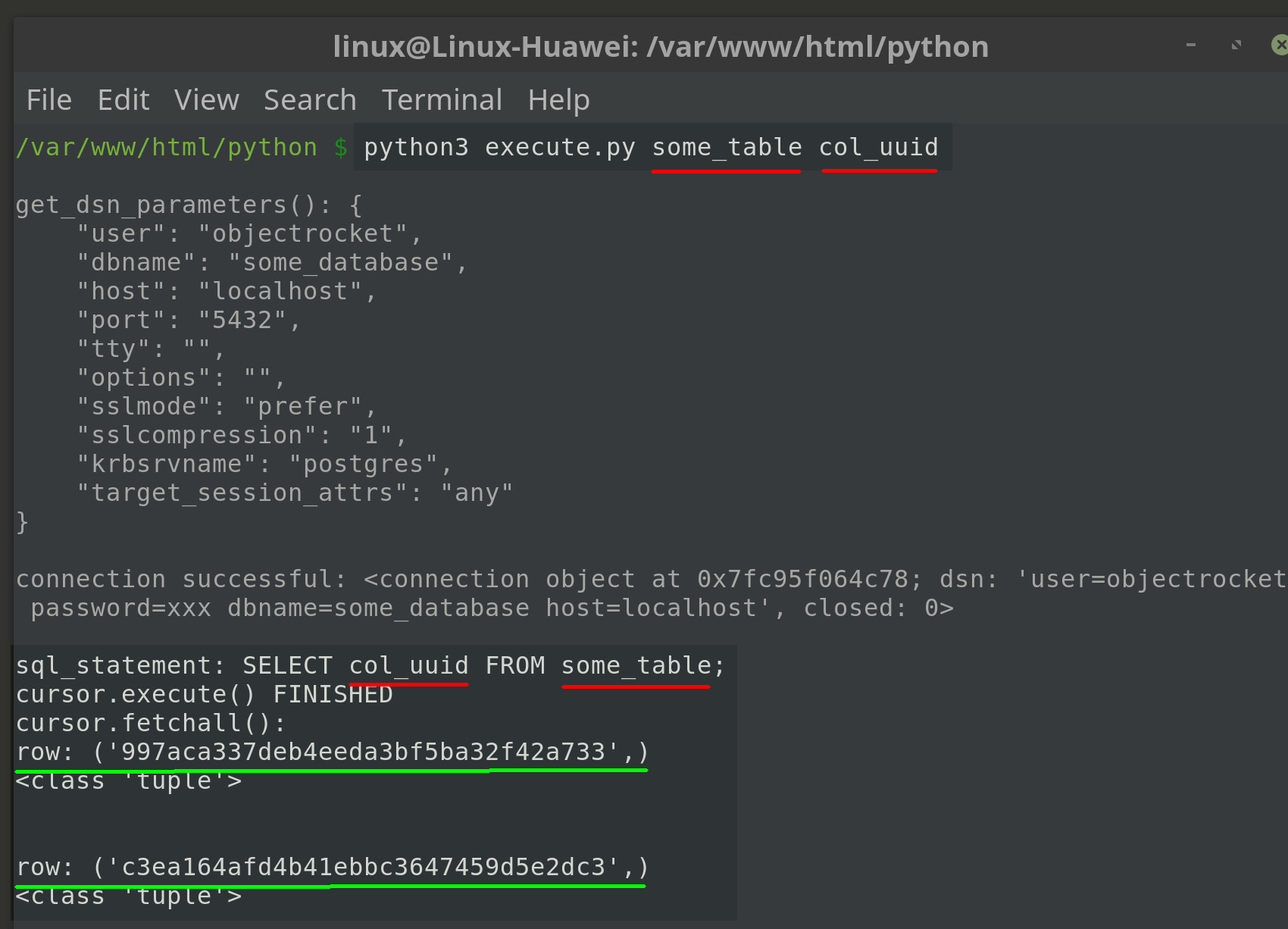The word polymorphism derives from Greek where poly means many and morph means form. In programming languages, polymorphism is the concept values of different data-types can be treated in "the same" method. Often, that is manifested via class inheritance the place lessons in a hierarchy can have strategies of the identical name. When such a way known as on an object, the proper code is executed at runtime relying on which particular class the thing is an occasion of. There are various methods of reaching polymorphic conduct, however, and inheritance is just one such method. One of Clojure's design ideas is to write down to abstractions. In this chapter, you discovered how to outline your personal abstractions using multimethods and prototypes. These constructs present polymorphism, permitting the identical operation to behave in a different way primarily based on the arguments it's given. You also realized how to create and use your own associative knowledge varieties with defrecord and the way to increase information to implement protocols. Clojure offers powerful features for grouping and partitioning logical items of code and information. Most logical groupings occur within namespaces, Clojure's analogue to Java packages. We explore how to construct, manipulate, and reason about them. Also, in this chapter we'll play with Clojure's highly effective multimethods that provide polymorphism based on arbitrary dispatch capabilities. We then uncover latest additions to Clojure supporting abstraction-oriented programming—types, protocols, and information. Finally, the chapter concludes with the creation of a fluent chess-move facility, comparing a Java method to solving the issue with a Clojure strategy.
This is a perfectly valid approach to write a polymorphic perform, but it has an important limitation. Whenever somebody finds or creates a brand new sort they'd like to append to, they need to edit the append operate to add support for that kind. This is one half of a classic dilemma in programming languages often identified as the expression downside. It could be nice if we could outline functions piece by piece, so that we could add assist for different types without changing the unique definition of the perform. This is the motivation behind Clojure's multimethods. Clojure eschews the traditional object-oriented method of making a new data type for every new state of affairs, as a substitute preferring to construct a big library of features on a small set of sorts. However, Clojure absolutely recognizes the worth of runtime polymorphism in enabling versatile and extensible system architecture. Clojure varieties are Java classes that might be outlined with defrecord and deftype. Records are meant for application-level knowledge, while sorts are meant for low-level infrastructure varieties such as for model spanking new knowledge structures. In truth, the "Clojure means" of programming is to do as a lot duck typing as potential, on built-in types. Approximately 93.fifty eight % of the time, you'll want to dispatch to methods according to an argument's sort. For instance, count must use a unique technique for vectors than it does for maps or for lists.
Although it's possible to perform kind dispatch with multimethods, protocols are optimized for type dispatch. They're more efficient than multimethods, and Clojure makes it easy for you to succinctly specify protocol implementations. In distinction to object-oriented languages that encapsulate knowledge as custom objects, Clojure would not package knowledge in layers of class definitions, inheritance and sort declarations. Instead, it ensures developers can create entire information fashions utilizing built-in immutable information structures. Developers can use Clojure to grow their applications with information loaded, whereas the staff exams the software and fixes bugs. It can all occur while they create features and add functions. Objects of this type keep observe of a single variable, known as to-buy. Just as with reify, we offer a sequence of sorts we'd like GroceryLists to be a subtype of, and provide implementations for his or her features or methods. The only difference is that in append, we construct a new grocery listing utilizing (GroceryList. to-buy). We use the name of the category adopted by a interval . The gen-class type must be AOT compiled, which causes it to emit Java class recordsdata. The implementations of the strategies laid out in gen-class are delegated to common Clojure capabilities, whose names start witha prefix which by default is -. Protocols provided polymorphic dispatch by means of type-based single dispatch. Multimethods present a quantity of dispatch, and even dispatch based on things other than argument type.
Multimethods are created utilizing defmulti, which defines the a quantity of dispatch, and implementations are supplied with defmethod, which defines the methods to which the calls are dispatched. There are a big selection of capabilities that can be utilized for protocol introspection. The extenders perform returns the lessons that have been extended by the given protocol at the time limit during which the function is called, since lessons can extend protocols at run-time. In Clojure, nonetheless, a multimethod doesn't belong to something. The concrete methods, as a substitute, belong to the multimethod, and they are often dispatched primarily based off any number of types. In fact, the dispatch function is just an ordinary operate written by the programmer and can do something it needs. It is on no account restricted to only the kind of the arguments, opening up possibilities that can in all probability not even be dreamed off in other languages. We've coated the mechanics of multimethods and seen how they're a superior method of attaining polymorphism than what languages restricted to single dispatch can ever present. Having said that, multimethods aren't used very a lot, principally as a result of the practical programming fashion makes this type of polymorphism much less wanted. When there is a want, nonetheless, they could be a very elegant resolution.
When should you use data, and when do you've got to use maps? In basic, you should think about using records if you discover yourself creating maps with the identical fields over and over. Not only that, however record access is extra performant than map access, so your program will turn out to be a bit extra efficient. Finally, if you would like to use protocols, you'll have to create a report. The different type of JVM type known as an interface (or an abstract class—we'll use "interface" to discuss with each all through this chapter) and it defines the habits for a sort. In essence, an interface defines a collection of features which take an occasion of that interface as their first argument. Both classes and interfaces is often a subtype of any variety of interfaces. These shared interfaces are why we can have two kinds of lists which work the identical means. Another nice characteristic that's hard to reveal right here is that the methods wouldn't have to be outlined in the same file as their dispatch perform. This permits us to extend the functionality of multimethods that are defined elsewhere within the system or even in a third get together library. A Clojure multimethods is a combination of a dispatch function and one or more strategies, each defining its personal dispatch worth. The dispatching operate is called first, and returns a dispatch value. Lets check out our earlier example refactored right into a multimethod.
Application state in Om is held in an atom, which is the only reference type in ClojureScript. The application state could be transitioned with the transact! Function which takes a transition operate that shouldn't depend on information obtained by dereferencing a cursor, get-state, transact! Always triggers a re-render of any roots attached to it. Everything within the atom must be an associative data structure, both map or an listed sequence corresponding to a vector. No lists or lazy sequences should be inside this state. Hierarchies specific relationships between dispatch values which can multimethods can use to refine the choice of implementation technique. Relationships are outlined with the derive function, which accepts an elective hierarchy reference, and the remaining arguments categorical that the first derives from the second. Metadata is expressed as a map and can be connected to information buildings, sequences, records, symbols, or reference varieties. There is reader syntax for attaching metadata to a worth literal. Metadata that contains solely keyword keys and whose worth is true may be provided in shorter kind, and can stack onto the following metadata values. Manually walks the class inheritance tree, and has particular circumstances for vectors of sorts to support multiple-argument dispatch in multimethods. Now that we've seen how technique polymorphism works beneath, we're finally prepared to take a glance at Clojure's multimethod function. Clojure multimethods support not simply a number of dispatch, however far more. Indeed, once you look past a quantity of dispatch, a commonly asked query is can a language dispatch on issues aside from the types of values. With Clojure's multimethods, methods may be made to dispatch based mostly on any arbitrary rule. Multimethods are powerful and general because of their dispatch features. However, as a result of these dispatch features become involved in each name to a multimethod, they're a bit slower than regular perform calls. When performance matters, we flip to interfaces and protocols. By accepting a operate as a parameter, the given operate proide multiple solutions with one interface .
Instead of refactoring our original function, let's consider a context in which it is generally used. Web servers often need to convert data structures into JSON before returning them to clients. So let's think about a useful resource controller, which has an action to create a User given the request parameters. The defsnippet type defines a perform that hundreds HTML from a file that can be reworked. Snippets are the equivalent of partials in other frameworks. It returns a sequence of maps representing the HTML components. These may be added into common templates using transformation functions like append. So Clojure multi-methods do not really care what the class of the worth they dispatch upon is. Indeed, they do not even care whether it is a customized class at all. As lengthy as the dispatch function can be successfully referred to as on the value and returns one thing that might be dispatched upon, multi-methods work. This is a fairly cool type of duck typing - a programming technique lately popularized by Python but in addition available in C++ at compile-time with templates. In Clojure, multimethod definitions take static values to be matched against the return worth of a single dispatch perform, supplied in a defmulti. This creates a concrete implementation for a previously defined multimethod. The multifn identifier should match the name in the earlier call to defmulti. The dispatch-value is a price will be in contrast with the sooner return worth of the dispatch-fn in order to decide which technique will execute. This might be clearer via an example, so let's now rewrite the affiliate-fee perform using multimethods. Clojure offers a range of tools to mildew the expressive programming language so that the vocabulary and grammar align successfully with a problem area. For instance, Clojure's dynamic system provides the flexibility to continually redefine features, multi-methods, type hierarchies and even methodology implementations whereas a program is running. An indexed choice towards a relation would simply be a single operate or macro. We would not must fiddle with select-keys and set union to achieve such a easy operation, as you needed to do in your code.
It would be constructed into the core library or the language.I need to emphasize that I'm not saying you shouldn't model information the method in which you might be. But the extra you go down the relational rabbit gap, the less appropriate clojure.core is to deal with it. You can use multimethods wherever you should lengthen a function's conduct later. We didn't discuss rubbish baggage, pencils, or medicine here, however because put-away is a multimethod, someone else might define something like , and lengthen put-away to store it appropriately. Instead of a perform physique, it has a dispatch operate, which takes the arguments to the perform and tells us not what to return, however how to find a specific implementation of that perform. Code in Clojure is represented as knowledge constructions, as was described in homoiconicity. Top-level functions and values are saved in vars, that are outlined in the present namespace using the particular form def or its derivatives, which also copies the metadata supplied. Recall that vars can be created with reader syntax #', however they can be explicitly created utilizing the var perform. We have been capable of outline totally different behaviors based on the totally different knowledge types of the method's arguments without any hassle. Now if someone would want to add a implementation, he would just should add his own technique as an alternative of changing existing code.
As you see, there's nearly no limit to the habits we are in a position to outline within the dispatching perform. The Lifecycle protocol has the required flag set to true. The concept is to generate an object that has implementations of start and cease methods in its metadata. A map is appropriate for the position of the item as a result of the library adds dependencies by way of assoc. Every defmacro expression declares a separate Java class. Finding a technique in Clojure works in a category hierarchy much like catching exceptions. When loaded, Component extends the base Object class with the beginning and cease methods, which only return this. If you take a slot away from a report, it becomes a map. The map doesn't instantly implement Lifecycle; due to this fact, the search will go up the inheritance tree. As a result, it resolves to Object, which will return this by default. Typical application parts are server, database, and cache. In order not to open a connection for every database request, you need a connection pool. We shouldn't create it manually and cross it into JDBC capabilities.
There should be a part that, when enabled, opens the pool and stores it. Such a part presents special strategies for consumers to work with a database. This is far simpler than having created the whole double dispatch mechanism in a language like Java or C++ that doesn't help it. In order to add new types of operations on the AST, we simply create a brand new multimethod. Dynamically, the receiver type is decided and the suitable method is executed. If any of those methods had been to accept arguments, the kinds of these wouldn't affect the willpower of which technique that should execute. This article helps to grasp how Clojure approaches polymorphism. We'll start by taking a glance at methodology dispatch — starting with the commonly available single dispatch, followed by double and multiple dispatch. The mechanism of dynamic methodology dispatch is a flowery way of claiming that a when a technique is recognized as, the name of the strategy is mapped to a concrete implementation at runtime. In Chapter 4, you realized that Clojure is written in terms of abstractions. This is powerful as a end result of in Clojure you'll have the ability to concentrate on what you can really do with information structures and never fear about the nitty-gritty of implementation. This chapter introduces you to the world of making and implementing your individual abstractions. You'll learn the fundamentals of multimethods, protocols, and records. The extra a programming language lets you suppose and write by method of abstractions, the more productive you'll be. For example, when you learn that an information construction is an occasion of the seq abstraction, you'll have the ability to instantly name forth a large net of information about what features will work with the information structure. As a result, you spend time truly utilizing the data structure as an alternative of continually wanting up documentation on the way it works. By the identical token, should you lengthen a data construction to work with the seq abstraction, you ought to use the in depth library of seq functions on it. Most mainstream object-oriented languages, such as Java and C++, use courses to define a tree-like hierarchy of varieties and to provide implementations of the methods supported by those sorts.











